A more infectious variant calls for a more protective mask
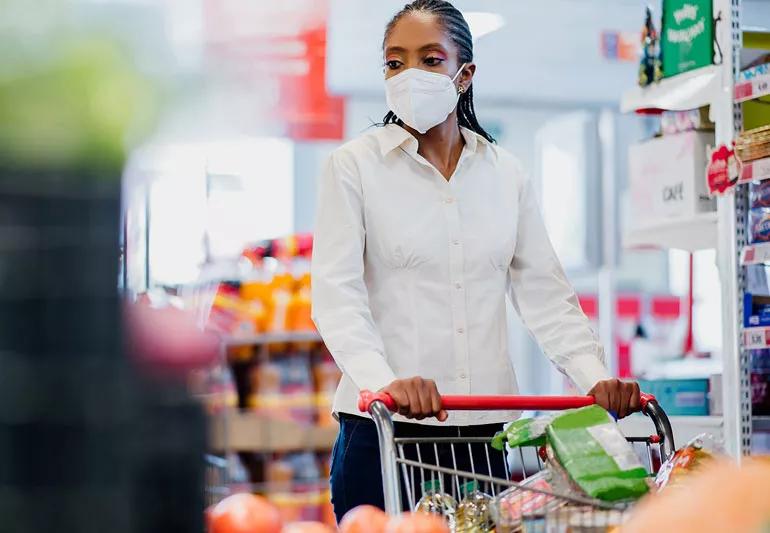
By this point in the pandemic, you probably have about 20 face masks hanging near your front door at any given moment. But with the omicron variant raging across the United States, you might be wondering: Are your favorite cloth masks enough to keep you protected?
Cleveland Clinic is a non-profit academic medical center. Advertising on our site helps support our mission. We do not endorse non-Cleveland Clinic products or services. Policy
We talked to infectious disease expert Steven Gordon, MD, about mask protocol and best practices amid a surge in yet another variant of concern.
We’ve known for a while that wearing face masks can block the exhale of virus particles into the air around you, which helps keep the virus from spreading. And of course, masks are also a helpful barrier when you cough or sneeze.
But cloth masks, which are often made of materials like cotton, don’t do much to protect you from inhaling particles that carry the virus — and with a virus as infectious as omicron, that becomes a problem.
“Essentially, interactions that previously wouldn’t have resulted in infection are now making people sick,” Dr. Gordon says. “Researchers are still pinpointing exactly how much more infectious omicron is than its predecessors, but at this point, it’s clear that omicron is indeed more infectious — which means we all need to be taking additional precautions.”
That includes practicing mask hygiene and continued social distancing. It may also mean rethinking your go-to face masks.
In mid-January, the CDC announced that loose-fitting cloth masks were not enough to protect against omicron. To give yourself the best shot against the variant, upgrade your cloth masks and instead choose a high-filtration mask that fits closely to your face.
“You really want to be sure you’re creating a seal around your nose and mouth, which is what goes the furthest toward keeping you safe,” Dr. Gordon says.
These masks, which are used in healthcare settings, fit very close to your face and are especially efficient at air filtration, filtering out about 95% of airborne particles.
The National Institute for Occupational Safety & Health (NIOSH) shares a list of approved brands and models — but be sure you’re buying standard N95s, not surgical N95s. Though they offer similar levels of protection to everyday wearers, standard N95s are slightly less fluid-resistant and are not cleared by the FDA to be used as surgical masks.
“The CDC still recommends that surgical N95s are prioritized for healthcare workers, as they’ve been in short supply since the start of the pandemic,” Dr. Gordon says. “So if you don’t work in a healthcare setting, it’s best to leave these masks for those who do.”
These masks are also designed to fit close to your face, forming a little tent over your mouth and nose that makes it easy to breathe while you’re wearing them.
They, too, filter out about 95% of airborne particles, but they’re not regulated by NIOSH; rather, they’re regulated by the Chinese government.
KF94s are similar to KN95s in look and fit, filtering out about 94% of airborne particles. They’re regulated by the Korean government, not by NIOSH.
Warning: About 60% of KN95 respirators are counterfeits, the Centers for Disease Control and Prevention (CDC) shares an ever-growing list of brands selling counterfeit masks, plus extensive details about how to make sure you’re buying one that’s approved by the U.S., Chinese or Korean government.
“It’s really best to find a mask that has been approved by a regulating body,” Dr. Gordon says, “But the truth is that at the end of the day, any mask that fits closely to the face is better than a mask that doesn’t.” That means a counterfeit KN95 may still be a safer choice than those flimsy rectangular surgical masks or (sorry) your favorite patterned cloth masks.
Moral of the story? With omicron spreading quickly across the U.S. and beyond, it’s time to rethink your current masks and, where possible, upgrade to those with a closer fit.
Learn more about our editorial process.
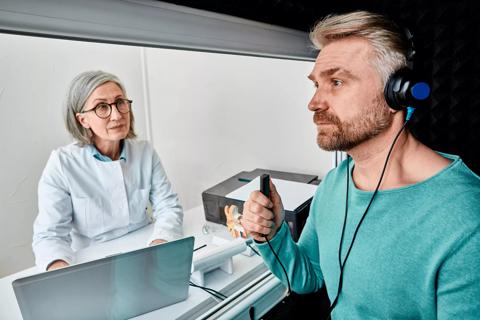
COVID-19 may be associated with tinnitus, but research is still ongoing

The short answer: It’s complicated, but the basic care precautions still prevail, like washing your hands and isolating if you’re sick
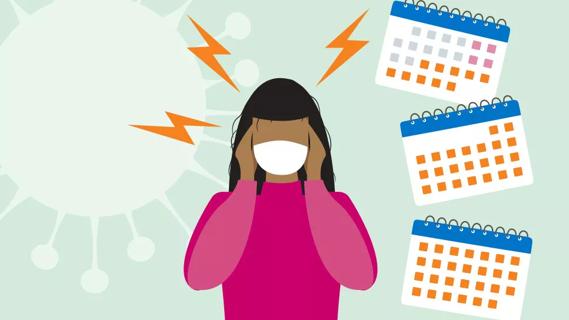
They can feel like a typical headache or a migraine headache, but the pain can last for weeks to months

Any large social gathering — from a family birthday party to an indoor music concert — has the potential to spread serious infection
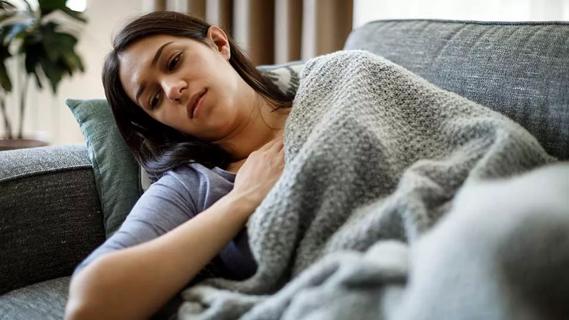
It’s important to connect with a healthcare provider, get quality sleep and balance your activities with your energy levels
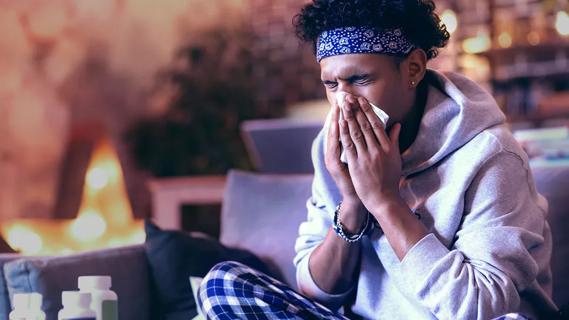
Symptoms can overlap and be hard to distinguish, but there are some telltale differences

Just like the flu, COVID-19 will continue to evolve every year
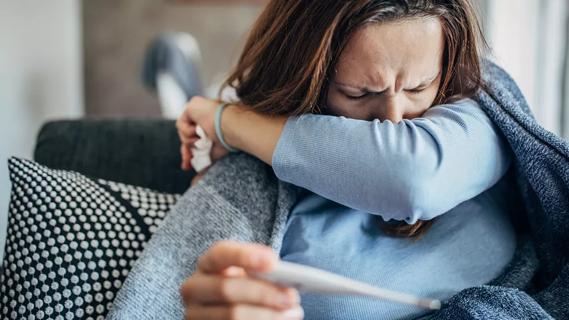
It’s best to treat flu-like symptoms as if you have COVID-19

Your metabolism may torch 1,300 to 2,000 calories daily with no activity
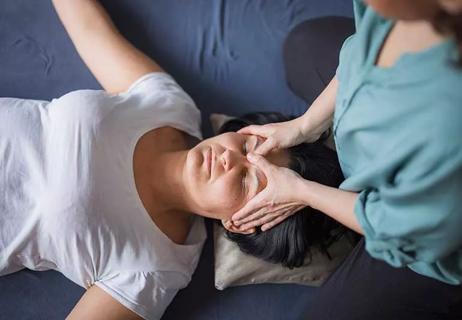
A gentle touch in all the right places may help drain your sinuses